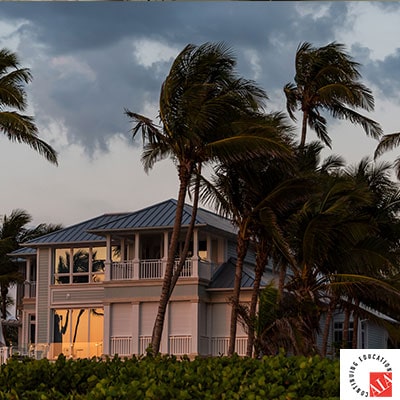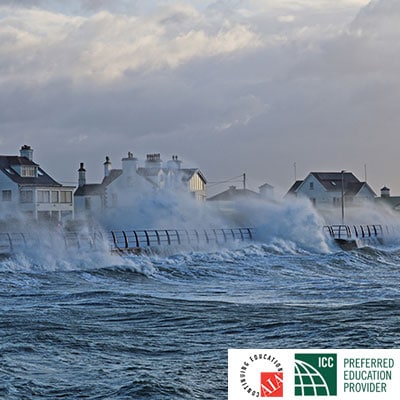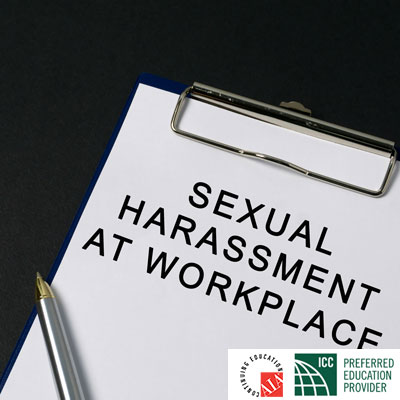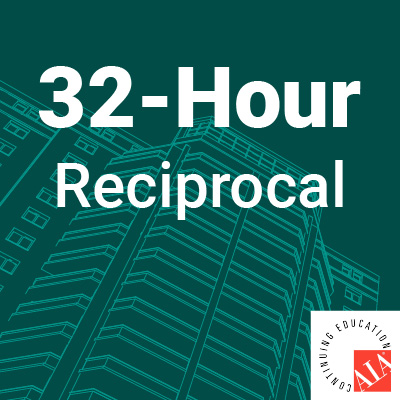
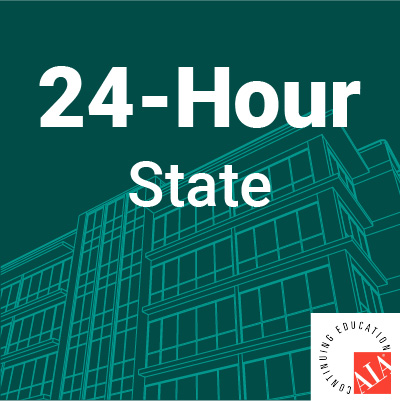
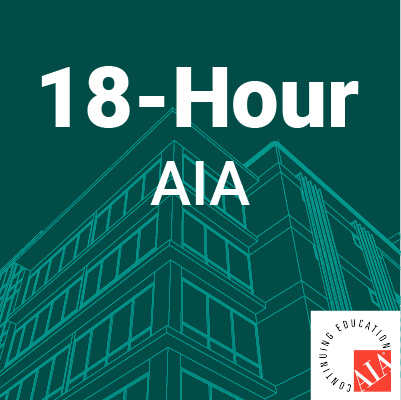

This course fulfills the Net Zero Carbon Design requirements, including California, and teaches what ‘net zero’ refers to, how to achieve it, technologies to generate power from renewable resources, and carbon offsets.
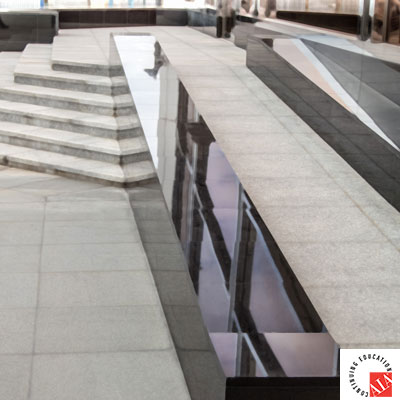
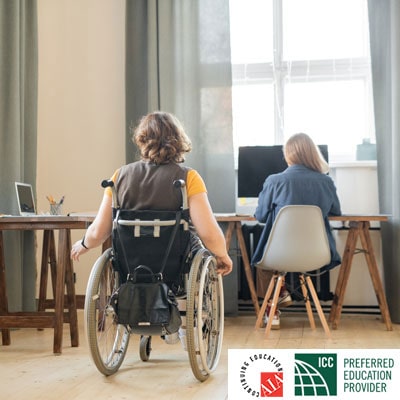
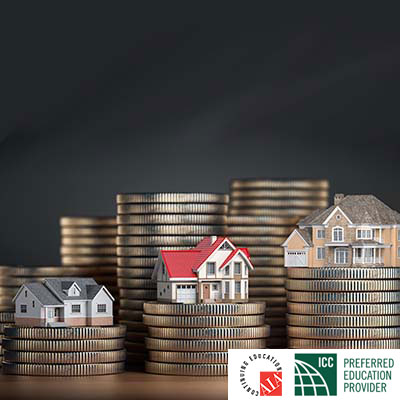
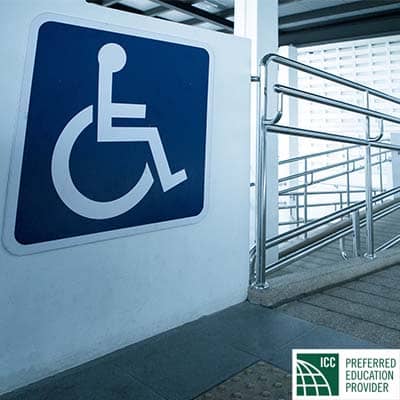
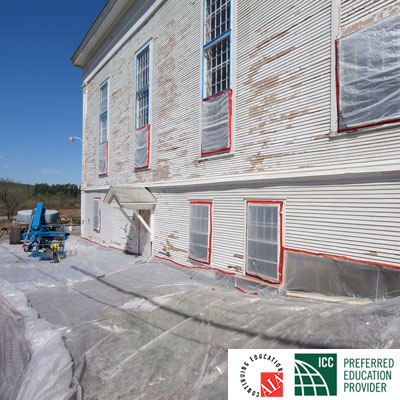
Keep your clients and workers safe from lead paint exposure with this online HD video course.
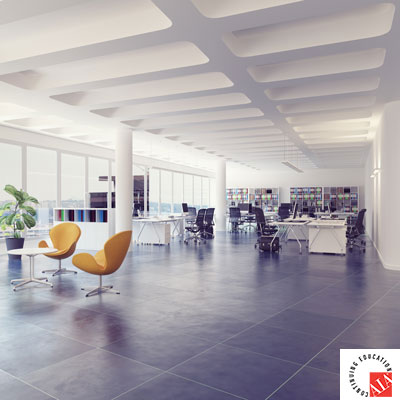
Learn about building types where poor acoustics impact productivity and health, how to determine sources of negative noise, practices for controlling sound tranfer, and regulations that may become law.
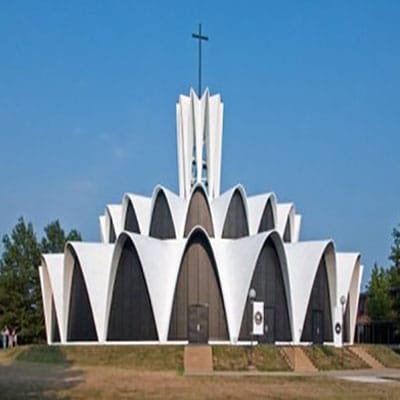
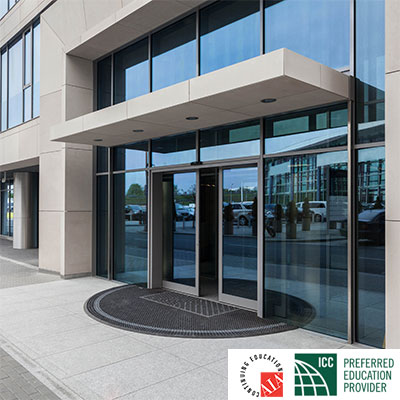
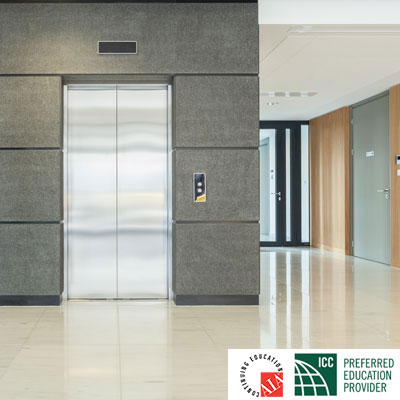
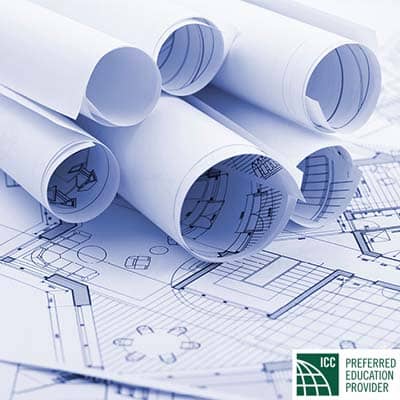
Learn to integrate design with current codes and how to identify code-related issues while turning your customers goals and aspirations into a safe and cost-effective project.

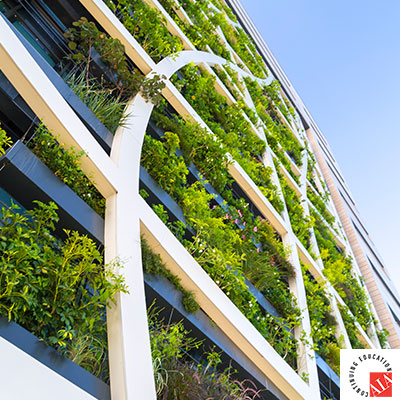
Learn current trends in energy efficient technologies that provide safe, code compliant environments and are central to the health of the consumer and the survival of the planet.
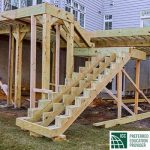
Capitalize on our love of outdoor spaces with this course that explores options available to build decks and structures and the many different materials available.
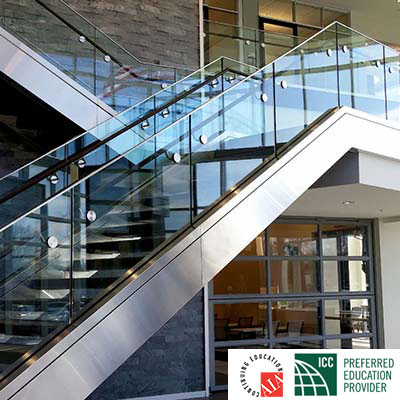
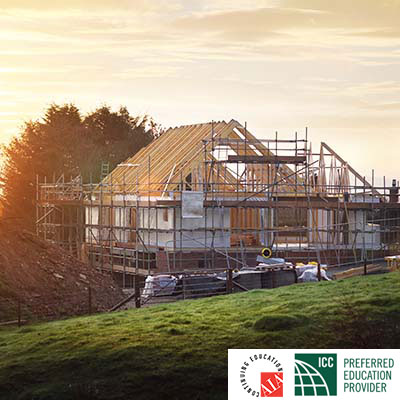
Building design is a crucial to a successful construction project. Learn proven methods for analyzing design decisions for all aspects of construction, appearance and maintenance.
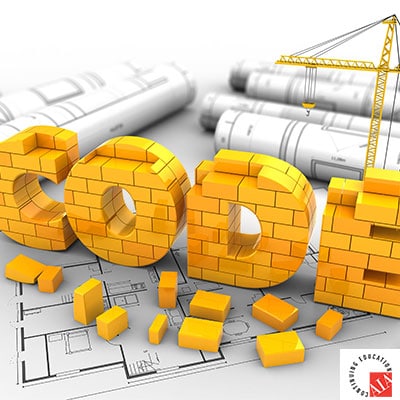
Learn to identify the building use, construction type, requirements, how code applies to use group, and to integrate design with current codes for a safe and cost-effective project.
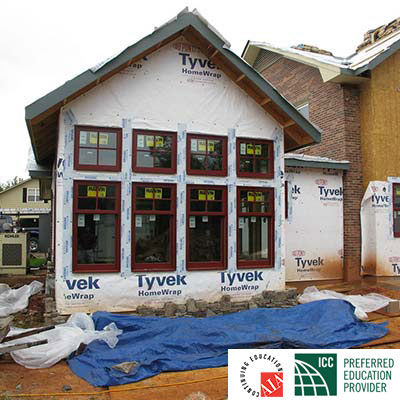
Approach your project with confidence by learning to recognize the critical issues, ask the right questions, and identify existing design and structural concerns.

Designing your building site is key to the success of any building project. Learn to navigate through the challenges and pitfalls of site development without compromising building design.
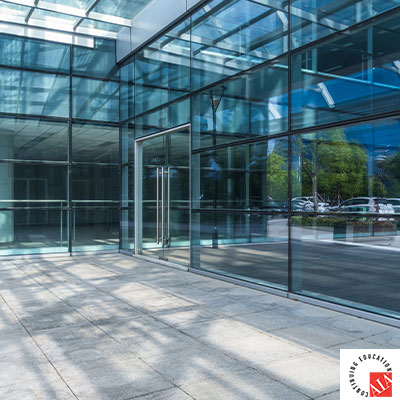
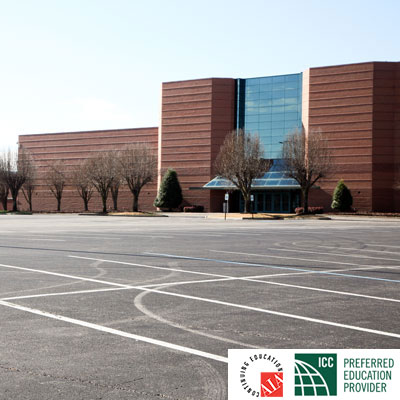
This course focuses on the parts of the standards addressing accessible parking facilities and accessible building entryways and design to make them accessible to, and usable by, individuals with disabilities.
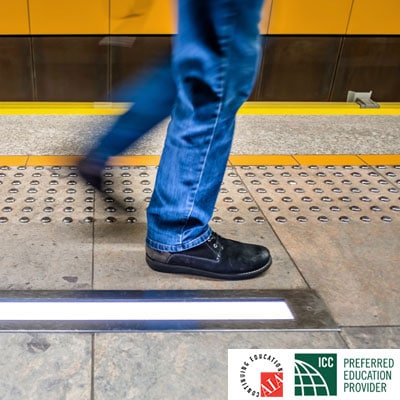
This course covers design of public structures as they relate to navigating through a building and includes turning spaces, elevators, assembly areas, medical facilities, lodging, courtrooms, equipment and more.
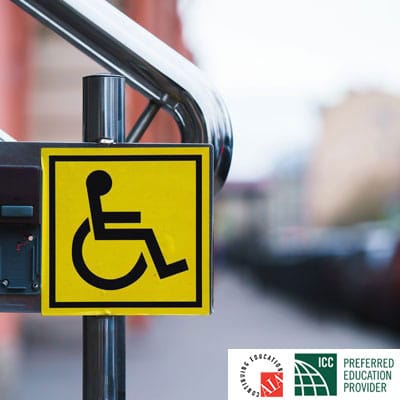
Learn about designing public accommodations and recreational facilities, making them readily accessible to, and usable by, individuals with disabilities.
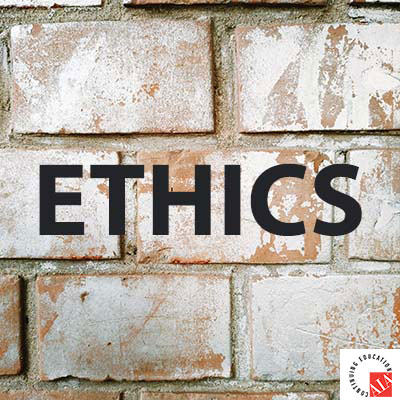
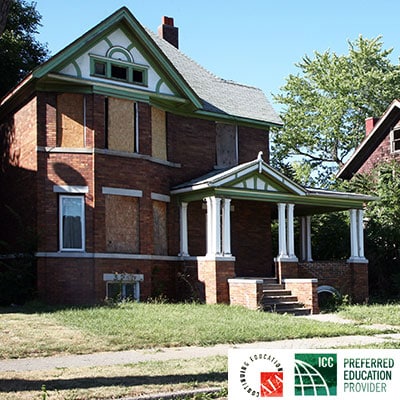
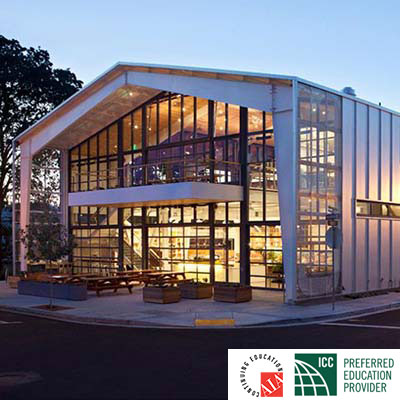
Learn the advantages and disadvantages of using a pre-engineered metal building and why PEMBs are economical. This course will cover foundations, building envelope, industrial equipment and code.
